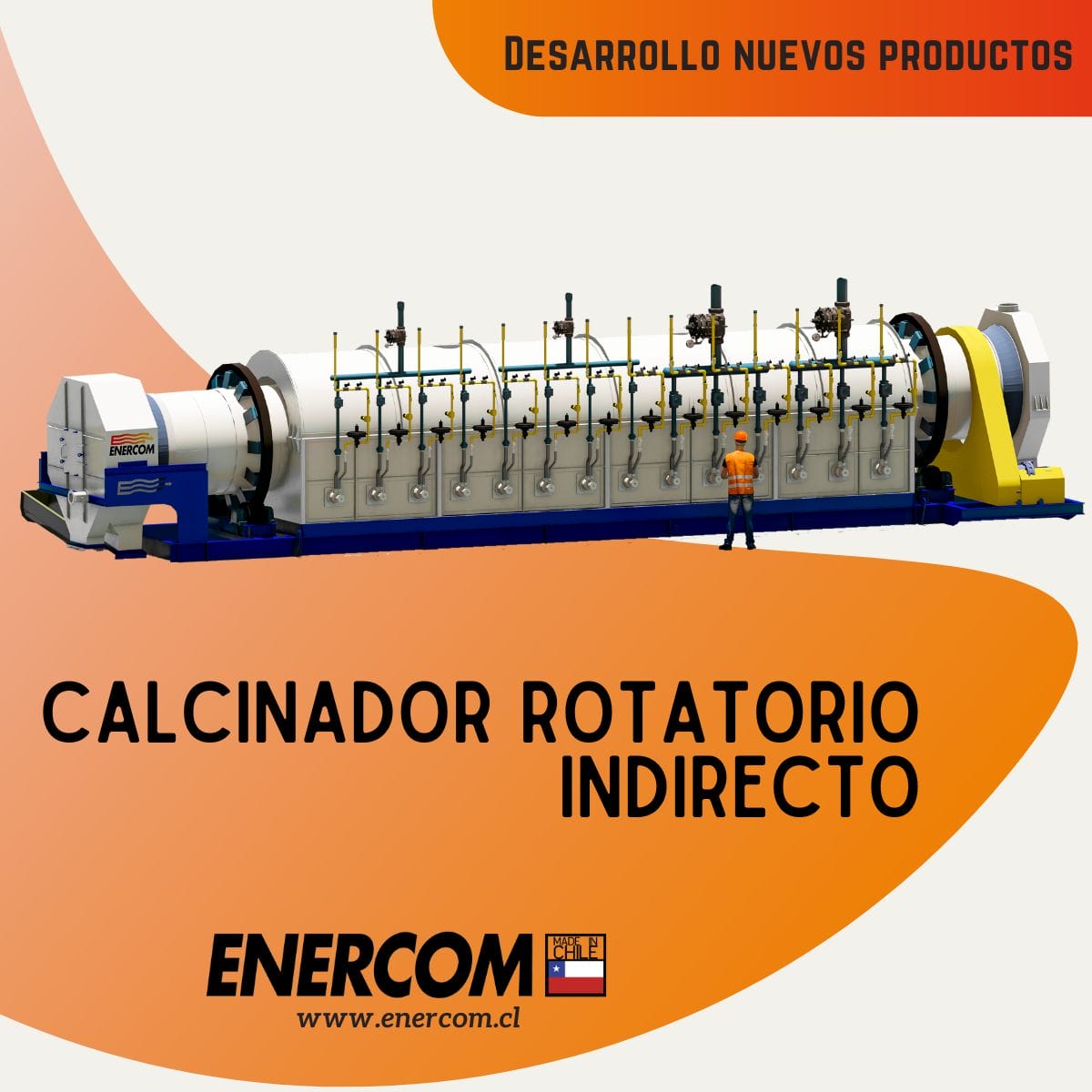Enercom SpA, together with our customers, embarked on the challenge of designing the process and equipment for indirect calcination of products. We are excited and exploring all the edges of the process to incorporate this solution ? Technically, Calcination is a thermal process that involves heating a substance to a high temperature but below its melting point in order to thermally decompose it or change its physical or chemical state. ?? ? The removal of moisture. ☁️ The removal of carbon dioxide or other volatile compounds. ⚙️ The oxidation or reduction of metals. This process plays a crucial role in the production of a wide range of materials and products such as:
?? Metal oxides: Calcination is used to convert mineral ores into metal oxides, such as the conversion of zinc, lead and copper sulfides into metal oxides in metallurgy.
??️ Ceramic products: In ceramic manufacturing, calcination is used to remove moisture and other volatile components from ceramic materials, thereby improving their strength and durability.
?️? Lime and cement: Calcination of limestone is used to produce quicklime, calcium oxide, which is then used in the manufacture of cement, as well as in the construction and chemical industries. ?️? Refractory materials: In the refractory materials industry, calcination is used to produce materials that can withstand high temperatures and corrosive environments, such as refractory bricks and refractory cements. ?? Pigments and dyes: Some pigments and colorants are produced by calcination processes to obtain desired color properties and improve their thermal stability. ⛏️? Mineral processing: Calcination is used in mineral processing to remove impurities, improve the concentration of minerals or modify their physical and chemical properties. Follow us at https://lnkd.in/eCzrXkKz to expand the network and keep growing!

